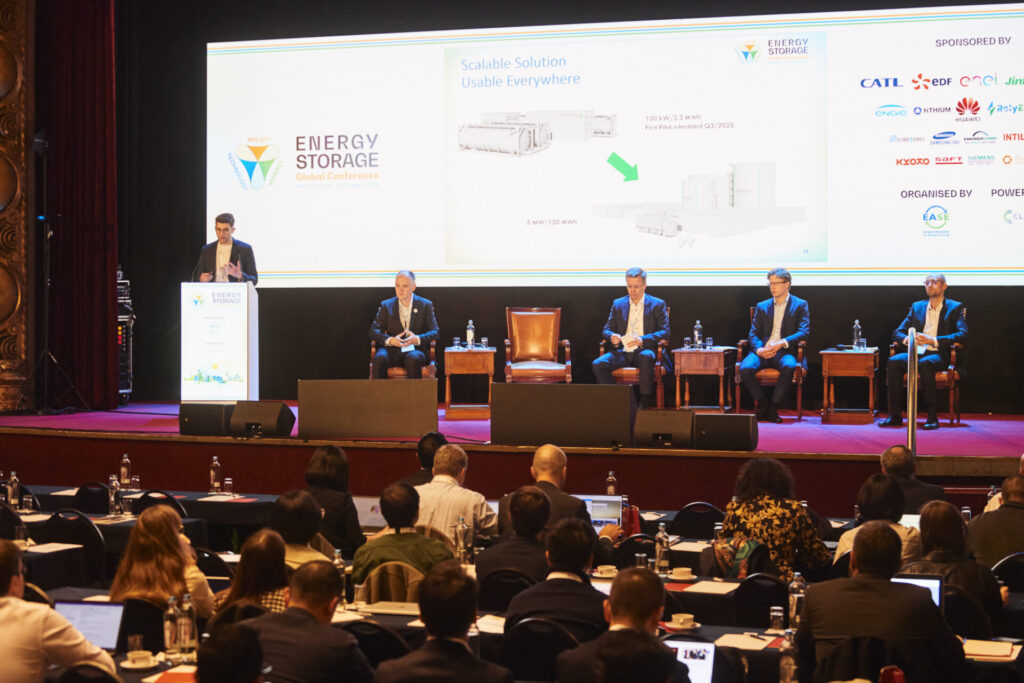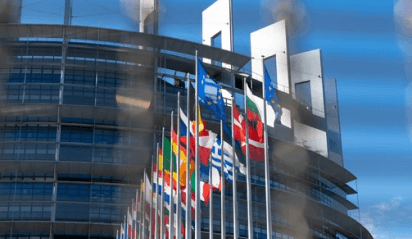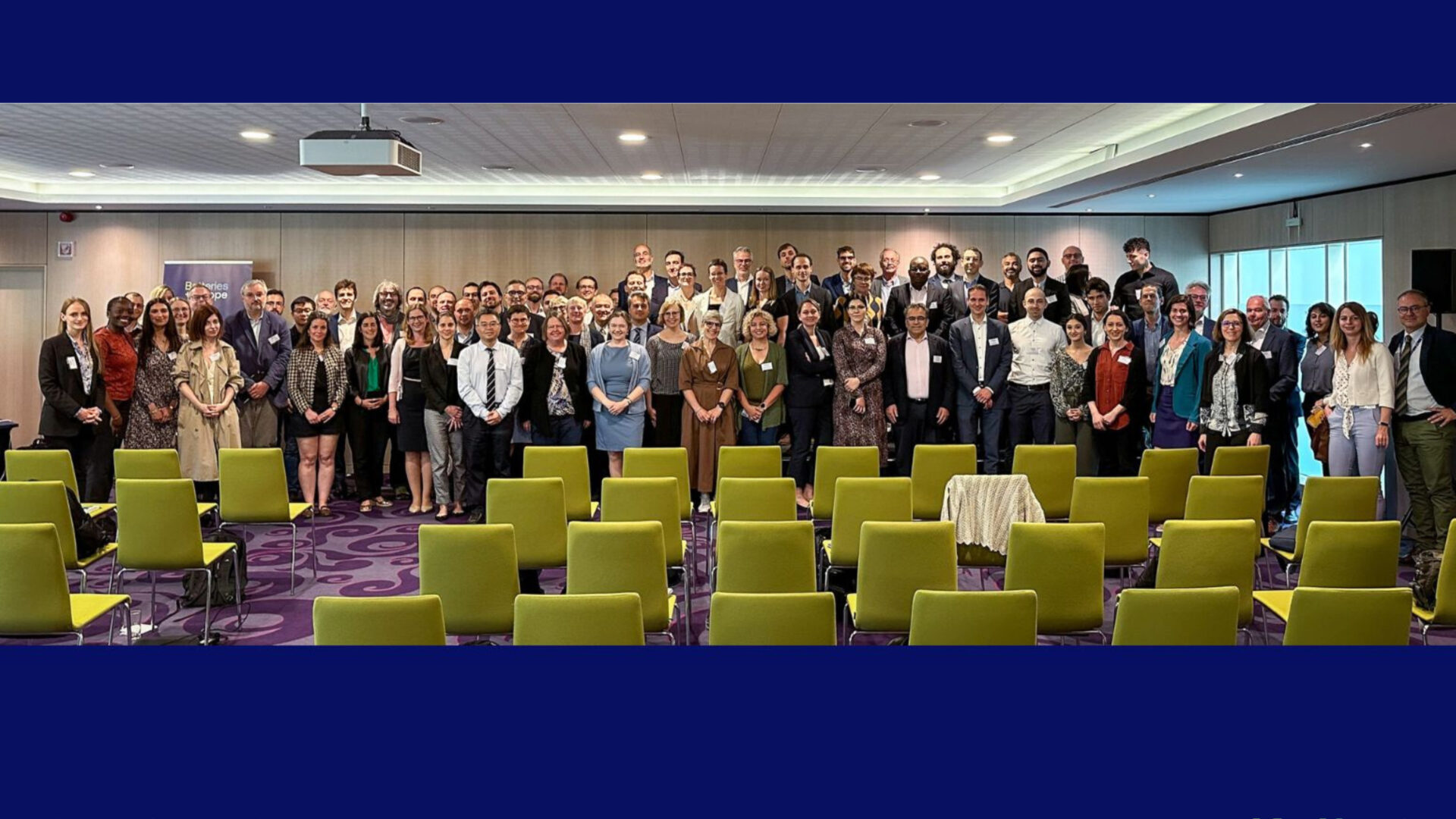18 October 2024:
This week, the FBE team had the opportunity to attend the 7th annual Energy Storage Global Conference (ESGC), organised by the European Association for Storage of Energy (EASE) in Brussels. The event brought together over 300 delegates from across the energy storage sector.
The first day focused on policies and the regulatory framework. Member of the European Parliament (MEP) Thomas Pellerin-Carlin said: “We need a long-term climate investment plan which includes storage and is free from fossil fuels.”
However, one keyword resonated throughout all sessions on the first day: flexibility. In light of the new Electricity Market Design reform, discussions centered on how to accurately assess flexibility needs to attract the necessary investments for a secure and sustainable EU energy system. It is expectd to face ‘massive’ demand for flexibility in the coming years and decades, with curtailment potentially increasing tenfold by 2040. But where should the funding in Europe come from?
It appeared that the MEP and the European Commission representative had differing perspectives on this matter. The MEP is open to exploring new funding sources at both the EU and national levels, particularly from the wealthiest Member States. He also stressed that Europe must not only de-risk private investments but also share the benefits when projects succeed. On the other hand, the Commission highlighted that public support could play a role, but it must be carefully designed to avoid distorting competition. Before introducing any non-fossil flexibility support schemes, Member States need to review existing instruments and fully implement current regulations.
Day two provided valuable insights into energy storage markets. Among other topics, the panels discussed the rise of ESG standards, which can bring significant value to companies, the viability of hybrid energy systems, updates on battery storage projects, and Ukraine’s energy resilience. Two sessions highlighted both opportunities and challenges for long-duration energy storage (LDES). It was noted that substantial profits could be made through arbitrage, though this depends on ‘big and rare events’ in the markets. However, these events are not typically profitable for LDES systems, which were referred to as having ‘the missing money.’ While various approaches were discussed, both the panellists and the audience agreed that most markets lack sufficient support for LDES.
During the first two days, there was extensive discussion about the recently announced cap-and-floor scheme for LDES projects in the UK. The UK has set a very ambitious target of achieving a net-zero power system by 2030. According to the system operator, reaching this goal will require 30 GW of additional low-carbon, non-fossil flexibility, including 9 GW of large-scale LDES. This target is separate from the already planned 16 GW of battery storage currently in the pipeline in the UK. The country already has 3.5 GW of operational lithium-ion battery storage, primarily with 1-2 hour durations. However, it specifically needs LDES to manage longer periods, including multiple hours or even days of either very high or very low wind conditions.
FBE Member VoltStorage, represented by Michael Peither, Chief Innovation Officer, had the opportunity to present insights on the business of flow batteries as a scalable LDES solution at the conference.

Day three, focusing on technology, began with a discussion about the growing role of prosumers. This was followed by the student award, presented to Alexandre Rossignol for his thesis on “Electricity Storage and the Changing Electricity System,” which centers on developing a legal framework for energy storage. The final morning session focused on battery durability, emphasizing the need for continued attention to this area, as well as the safety of energy storage. In the afternoon, the spotlight shifted to the Benelux markets, starting with the Netherlands, which has seen a significant boom in PV installations in recent years, driving increased demand for energy storage. The Belgian market concluded the agenda, with discussions highlighting its strong potential, attractive business landscape, promising capacity market, and positive future outlook.





